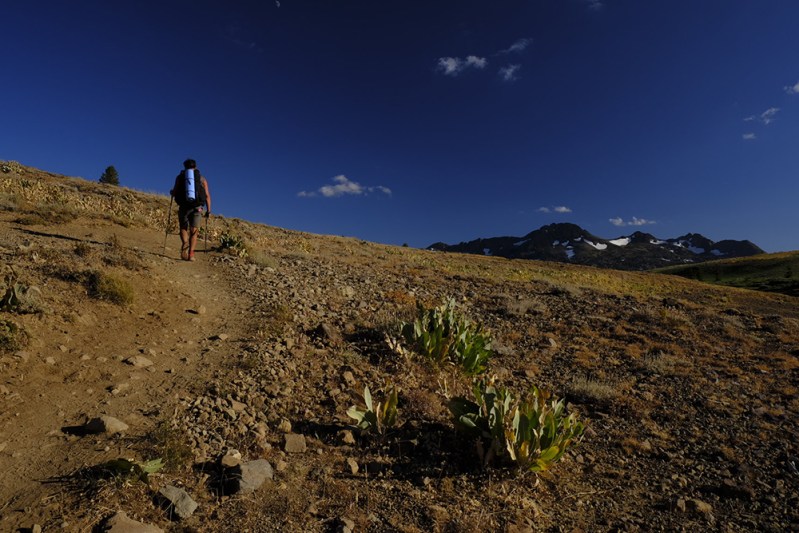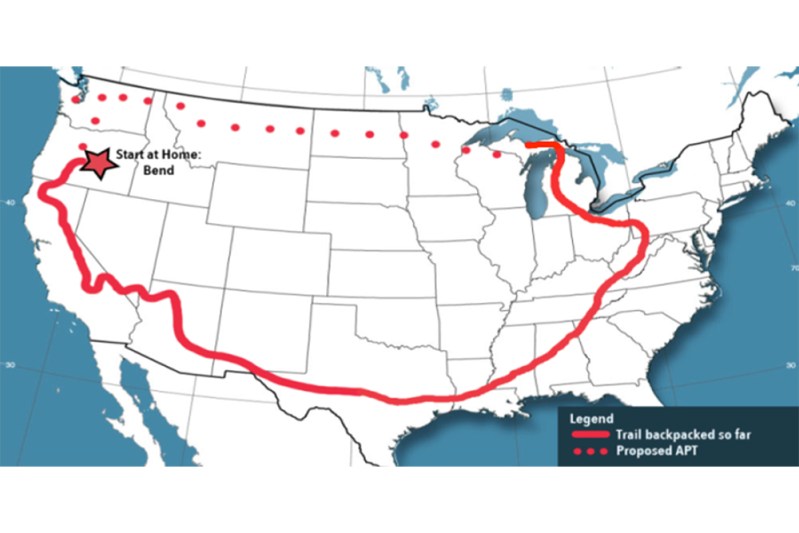
More and more of us are realizing that escaping into nature is good for the mind, body, and soul. A weekend car-camping trip or even a multi-day backcountry hike is enough to help us recharge. The most rabid nature-lovers, however, demand more — like a months-long thru-hike along the Appalachian Trail. But, for some, even that isn’t enough.
What happens when America’s longest long-distance trails just aren’t long enough? Rue McKenrick is dreaming big — bigger than the Appalachian Trail’s 2,190 miles and bigger still than the Continental Divide Trail’s epic 3,100 miles. The Bend, Oregon-based hiker is scouting routes that could form the American Perimeter Trail. Once completed, McKenrick sees a new 12,000-mile National Scenic Trail that roughly circumnavigates the continental United States along existing hiking trails, scenic roads, and yet-to-be-carved backcountry paths. Most importantly, he said in an interview with Fox 17, “It’s really important for me to get a buffet of everything around, not just something that has guidebooks written about it.”
The seeds of the trail were planted for McKenrick more than ten years ago. Back then, he completed the long-distance Triple Crown by hiking the Pacific Crest, Continental Divide, and Appalachian Trails — a total of almost 8,000 miles. It was a life-long goal, but he realized he wanted more. So, he began toying with the idea of an ultra-long-distance trail. In this case, he envisioned one that stitched together the Pacific Crest and Appalachian Trails with hundreds of smaller trails in-between.

Designing a trail on this scale is dizzying. McKenrick is currently scouting routes in the Midwest while hiking west toward Oregon along the U.S.-Canadian border. Once home, he plans to form a nonprofit and begin formalizing the trail. If the history of the Appalachian Trail is any indication, it’s a process that will likely take decades. But, McKenrick admits that he’s fine with that: “I imagine this is just kind of gonna be my life’s work.”
What started as a passion project has evolved into a lifelong goal to preserve and protect large swaths of the U.S. for future generations. In a recent interview on Gaia GPS’s Out and Back podcast, McKenrick said he wants “to create a protected corridor of land and natural resources that will be available for recreational use.” He hopes that “even if you don’t care about conservation, maybe you care about hiking.”


